Invasive species are basically alien to the local ecosystem. They are sturdy species which can dislodge the species which thrive in that particular ecosystem. Invasive species of plants can degrade the soil, that leads to erosion and lowers the quality of water. The animal invasive species can sometimes lead to the extinction of local species. Invasive species are brought from one area to another by humans and natural elements like the wind, flood waters and so on. Let’s take a look at the ways by which we can stop invasive species from spreading.
How to stop invasive species from spreading
1. Never release aquarium fishes and plants into wild streams
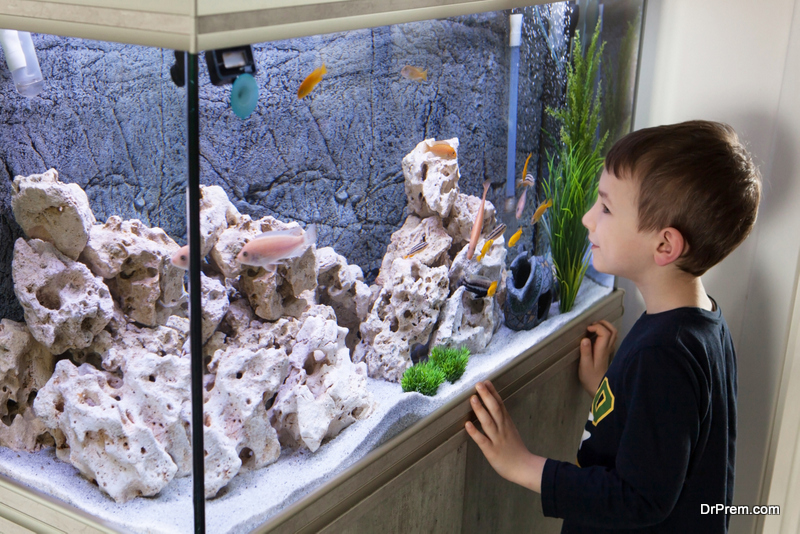 Fish as well as plants which live in our aquariums are exotic species which are certainly not from your local ponds and streams. The aquarium pets would be alien to the rivers and ponds near you and might displace the local fishes and plants. All invasive species, from the biggest to the smallest are bad for the environment. The invasive species can cause untold harm and disrupt the balance of the environment, so it is important to get rid of invasive plants and animals.
Fish as well as plants which live in our aquariums are exotic species which are certainly not from your local ponds and streams. The aquarium pets would be alien to the rivers and ponds near you and might displace the local fishes and plants. All invasive species, from the biggest to the smallest are bad for the environment. The invasive species can cause untold harm and disrupt the balance of the environment, so it is important to get rid of invasive plants and animals.
For example, the Asian Carp (Silver, Black, Grass and Bighead) has found its way into many lakes and rivers in America and other fisheries over the world. These fishes take over the habitat and threaten native species, impacting the fishing and other recreational activities of the area. Many countries, such as America have developed specific control plans for the containment of the invasive Asian carp. People can learn to spot juvenile Asian carps and not release them into local waters.
Asian carp which are native to China and Eastern Russia, were brought to Europe and North America as food, sport fishing and as pets. These fishes then found their ways into local waterways and destroyed their habitat. It is an invasive species because they are large, have huge appetites and reproduce faster. They take away the habitat and food of native fish and prey on the eggs of other fishes. And when they eat, they have the trait of stirring up the sediments as well as organisms from the river beds and lakes, and change the lakes into murky environments, making it difficult for other native fishes to survive.
Besides, you should never release alien bait in local waters. Use only wild bait caught in local streams, ponds, lakes and rivers.
2. Verify the type of plants you buy
 While buying beautiful plants for the garden or yard, you should verify that they are not the invasive kind. Get rid of invasive plants and plant non-invasive alternatives. Ask the local experts such as the nursery staff to gain more knowledge into the plants that you want to grow in your garden or yard.
While buying beautiful plants for the garden or yard, you should verify that they are not the invasive kind. Get rid of invasive plants and plant non-invasive alternatives. Ask the local experts such as the nursery staff to gain more knowledge into the plants that you want to grow in your garden or yard.
3. Report weed infestation
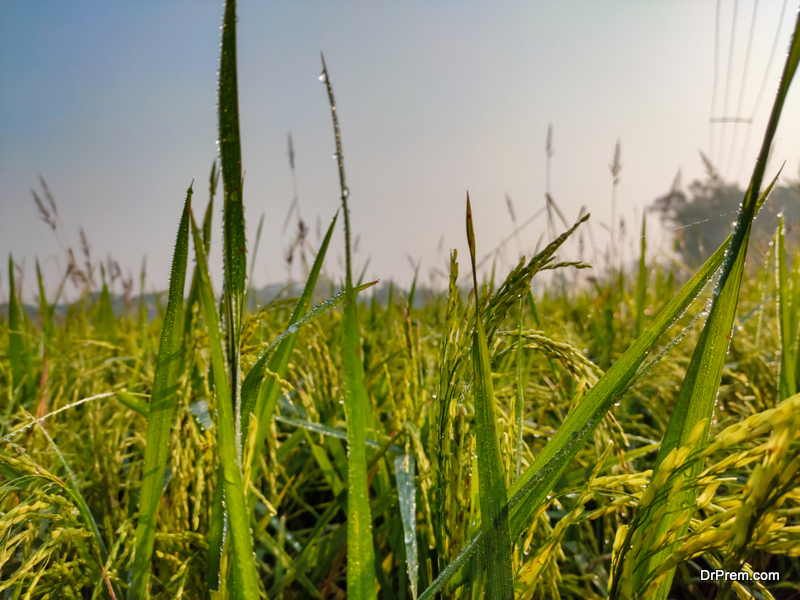 Even certain types of weeds are invasive, such as downy brome, or cheatgrass which infests about 50 million acres and act as fodder to wildfires. Cheatgrass has another trait which makes it very dangerous – it can re-establish itself easily on burned land, thus outcompeting the native grass and increasing the area of infestation.
Even certain types of weeds are invasive, such as downy brome, or cheatgrass which infests about 50 million acres and act as fodder to wildfires. Cheatgrass has another trait which makes it very dangerous – it can re-establish itself easily on burned land, thus outcompeting the native grass and increasing the area of infestation.
Report weeds which are not native to your area, especially cheatgrass and protect your surroundings.
4. Clean your boat before and after use
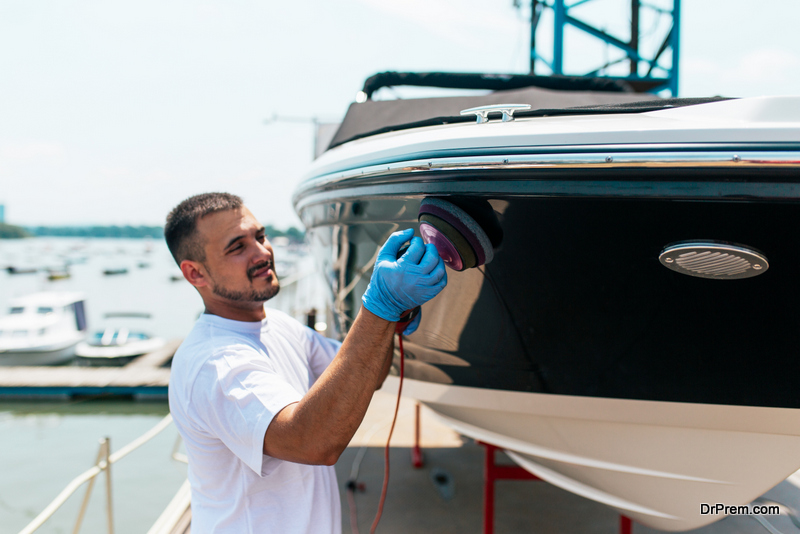 When you indulge in a boat ride, clean the boat before using it on a different water body. Mussels and other water or seaweeds and algae are transferred from one waterbody to another as they cling to the bottom and sides of boats. Wash the boat thoroughly before transferring from one waterbody to another. Even ships and cruise liners should follow this as they are responsible for introducing one of the most invasive species, zebra mussels, to North America, Europe and Russia.
When you indulge in a boat ride, clean the boat before using it on a different water body. Mussels and other water or seaweeds and algae are transferred from one waterbody to another as they cling to the bottom and sides of boats. Wash the boat thoroughly before transferring from one waterbody to another. Even ships and cruise liners should follow this as they are responsible for introducing one of the most invasive species, zebra mussels, to North America, Europe and Russia.
Zebra mussels which are native to Caspian, Aral, Azov and Black sea were brought over in the ballast water or the water which is carried by the ships to balance them. And also by attaching to the floating vegetation and attaching themselves to the outside of boats.
Zebra mussels are a big problem as they happen to be very aggressive invaders as they multiply rapidly. Massive numbers of zebra mussels can impact the population of native plankton, reducing the natural food for fishes. The plankton-eating fishes then have to migrate to new lakes or water bodies to survive, and if they are unable to do so, then they become extinct. Even native mussels find it hard to survive in this hostile environment.
5. Prevent the spread of invasive rodents
 Invasive rodents such as rats and mice cause harm to the natural wildlife, reducing the biodiversity and sometimes even lead to the extinction of certain species. Rodents are harmful in human habitation as well, as they can cause damage by chewing through the insulation and wood. They gnaw on wiring, sometimes causing fires.
Invasive rodents such as rats and mice cause harm to the natural wildlife, reducing the biodiversity and sometimes even lead to the extinction of certain species. Rodents are harmful in human habitation as well, as they can cause damage by chewing through the insulation and wood. They gnaw on wiring, sometimes causing fires.
To control invasive animals, local authorities as well as people have to work together to manage their population and prevent their spread. They have to be caught and trapped and eliminated to limit their impact on local animal population. Eradication of rats in some areas has led to restoration of native species. Governmental agencies can spray rodenticide to eradicate rodents completely, or else they might destroy crops and native flora and fauna. One such success story is the eradication of the rats from the Palmyra Atoll National Wildlife Refuge in Pacific, which resulted in the revival of native tree population, by a whopping 5,000 percent since the rats were eliminated.
Similarly, rabbits are a menace to the environment. In a single year, females can produce 18-30 babies and their population grows so large that they destroy the native plants’ species and bring them to the point of extinction. They compete for food as well as shelter with native animals, causing the numbers of native animals to decline. Rabbits have also been linked to soil erosion due to overgrazing as well burrowing. Therefore, to control invasive animals such as rabbits, you should not leave or release your pet rabbit/s into the wilderness around your home.
6. Clean fishing and hiking gear
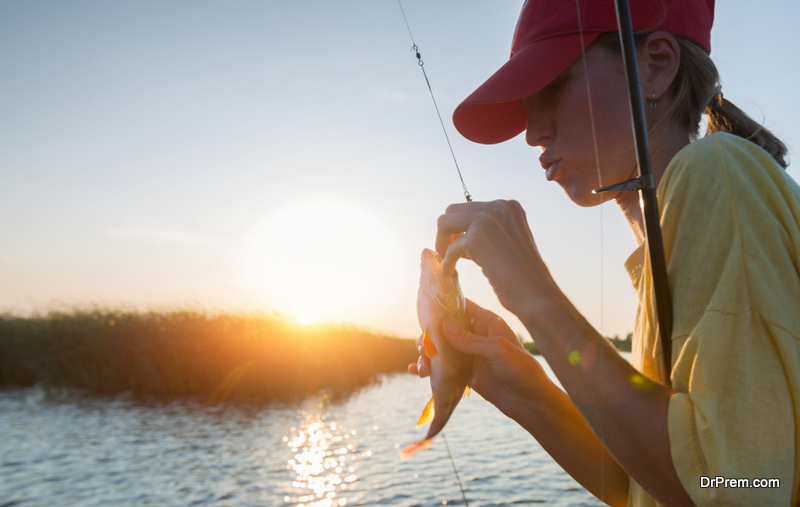 Fishing and hiking seem to be innocuous activities, but these two seemingly harmless activities also contribute to the spread of invasive species. This happens due to the boots collecting invasive species from the water or mountainside as you fish and hike. To prevent this from happening, you should wipe down your boots and waders and spray them, so that you do not accidentally invite invasive species into your neighborhood.
Fishing and hiking seem to be innocuous activities, but these two seemingly harmless activities also contribute to the spread of invasive species. This happens due to the boots collecting invasive species from the water or mountainside as you fish and hike. To prevent this from happening, you should wipe down your boots and waders and spray them, so that you do not accidentally invite invasive species into your neighborhood.
Waders should be changed from felt soled to rubber soled to prevent alien species from attaching themselves to the waders. For example, the didymo or ‘river snot’ which is a kind of algae that form dense, heavy mats at the bottom of freshwater streams can attach to the boots and invade your local waterways.
Other weed seeds as well as pathogens can attach to the bottom of hiking boots. Fruits, plants and vegetables which you carry in your backpack while might carry invasive pests or become invasive themselves. Do not throw the seeds of fruits and vegetables after eating but carry them back with you.
7. Never move firewood
 Firewood is made from dying or dead trees, which usually host insects like the emerald ash borer, a highly invasive species. Moving firewood enables insects to move from one area to another. If you go camping, buy firewood from local providers, but only what you would need. If you buy more than give it back or leave it at the campsite, or you might be carrying invasive species to your neighborhood or you can just avail on Splitz Firewood & Mulch.
Firewood is made from dying or dead trees, which usually host insects like the emerald ash borer, a highly invasive species. Moving firewood enables insects to move from one area to another. If you go camping, buy firewood from local providers, but only what you would need. If you buy more than give it back or leave it at the campsite, or you might be carrying invasive species to your neighborhood or you can just avail on Splitz Firewood & Mulch.
8. Become a volunteer
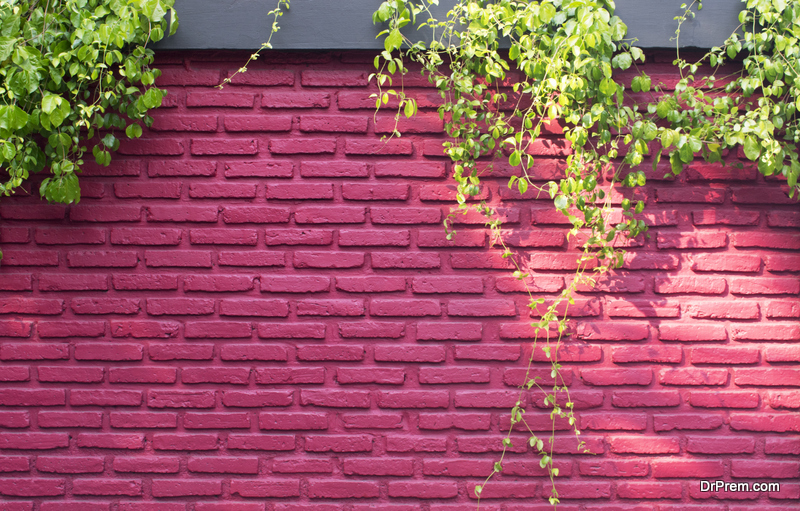 Invasive species have a common dangerous trait, they multiply at a rapid rate and spread at an insidious rate. For example, English ivy is a vine which crawls up sides of buildings, covers the floors and even climbs up trunks of trees. Once it spreads, it is like wildfire which is difficult to contain. It sucks the life out of the trees and plants and damages buildings.
Invasive species have a common dangerous trait, they multiply at a rapid rate and spread at an insidious rate. For example, English ivy is a vine which crawls up sides of buildings, covers the floors and even climbs up trunks of trees. Once it spreads, it is like wildfire which is difficult to contain. It sucks the life out of the trees and plants and damages buildings.
You can do your bit by volunteering for your community at local English ivy removal efforts. Or just getting together a few neighbors/community members and removing all the English ivy and other invasive creepers from your neighborhood. This could be part of long-term solutions in your area to combat invasive species.
As a volunteer, you can help to tackle invasive weeds too. You would have to spend time weeding your own and other people’s yards and backyards.
9. Be an educator
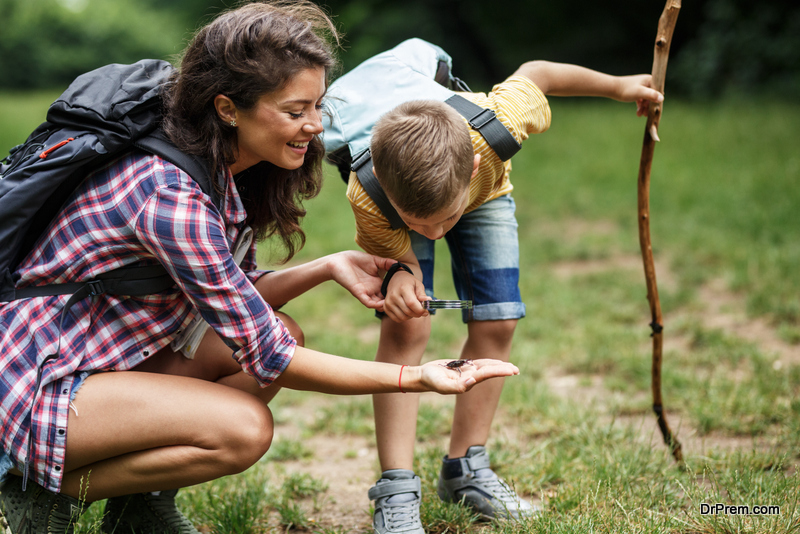 Try to learn about invasive plants, weeds and animals and educate the children and adults in your area about them. It would be easier for everyone to make the right choices. Planting native plants would encourage their number and help them survive. Native plants need less water and looking after to thrive in their own environment.
Try to learn about invasive plants, weeds and animals and educate the children and adults in your area about them. It would be easier for everyone to make the right choices. Planting native plants would encourage their number and help them survive. Native plants need less water and looking after to thrive in their own environment.
Many native species are also dying out as they are threatened and endangered by invasive species. People need to know which native species to plant to ensure its survival, and that it does not become extinct in a few years.


